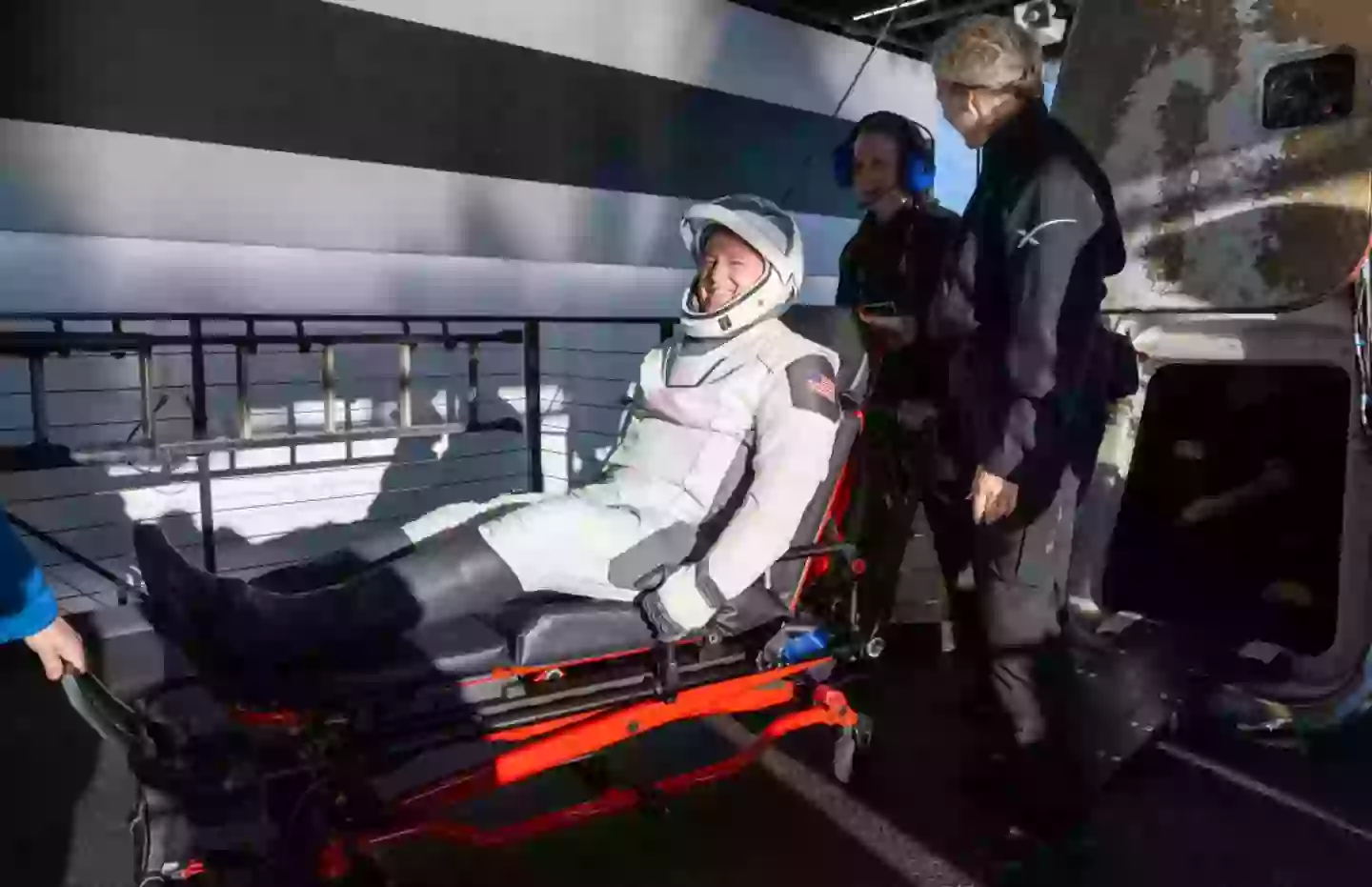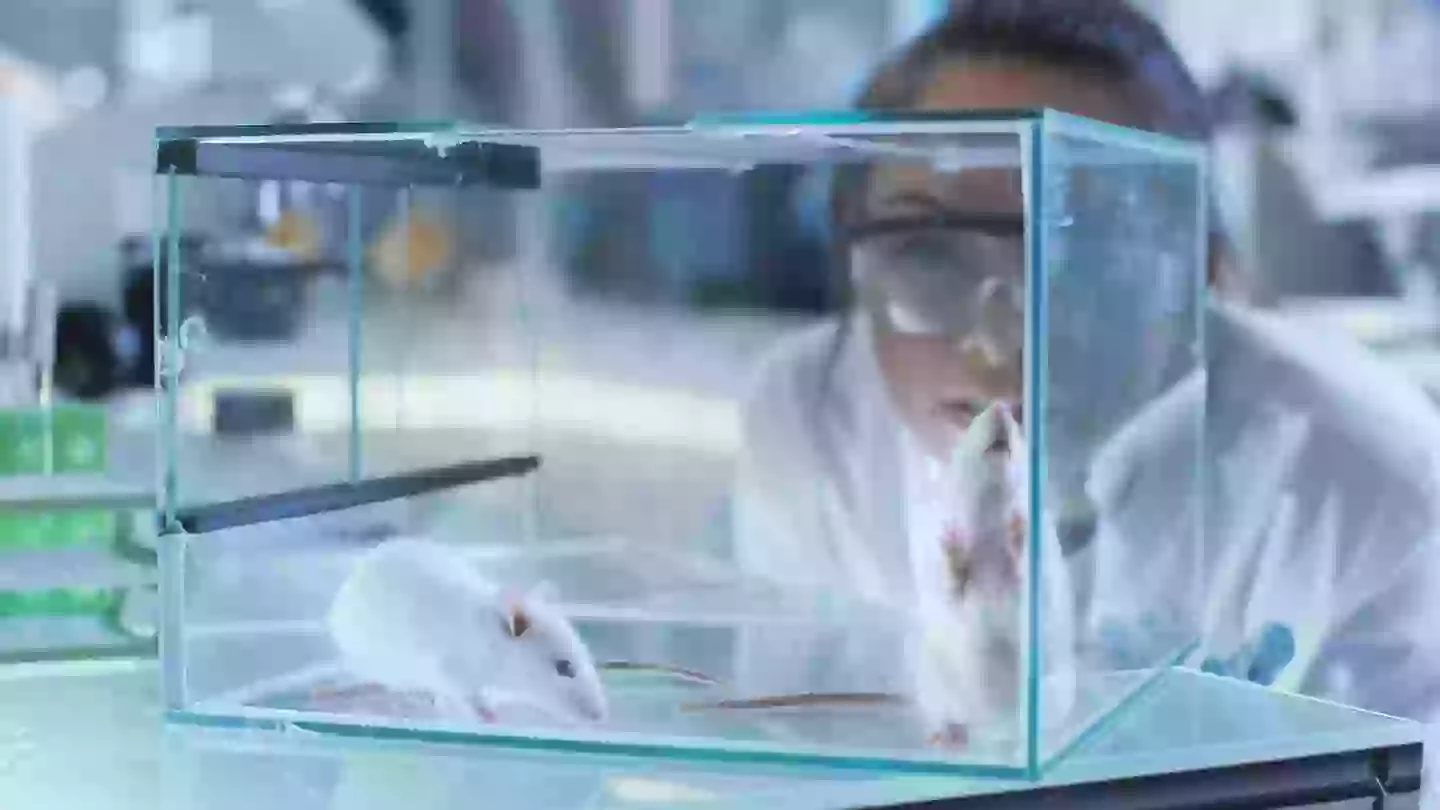
The two NASA astronauts received a roaring welcome home when they splashed down this month, but ever since they stepped foot on our planet once more, their health has become a concern.
There are several issues Butch Wilmore and Suni Williams may experience, from battles with their mental health to their bodies having been exposed to around 100 times the radiation to us on Earth, as well as how their brain functions - but it's what their bones may be doing which could worry them most.
On June 5 2024, they set off on what they thought was going to be an eight-day mission onboard the International Space Station (ISS), but that taster of space - almost 300 days ago - turned into life lived orbiting Earth.
Advert
It was due to the Boeing Starliner they made their commute on experiencing a series of problems - including five helium leaks, five maneuvering thrusters dying, and a propellant valve failing to close completely.
As many as 286 days passed before they felt Earth beneath their feet, and in that time, their bodies would have been undergoing immense stresses due to their being zero gravity.
Now, a recent study published this month analyzing the impact space had on mice that were sent to the International Space Station has revealed the dangers that the astronauts could be facing when they return to Earth - more specifically, what could happen to their bones.

Advert
The experiment consisted of sending mice into orbit for 37 days and upon their return their skeletons were examined.
"A specific focus of our study is the femur because of its major weight-bearing role in the mouse," researchers from NASA and the Blue Marble Space Institute of Science explained.
In space, weightlessness and radiation have been linked to rapid bone loss in mammals, but scientists still aren’t sure how these factors work and which is more important.
The study looked at whether bone loss in mice during spaceflight is mainly due to the lack of gravity on weight-bearing bones. The mice who were floating out of space showed significant bone loss in the femur, but not in the spine, suggesting that the lack of gravity, rather than space radiation, is the main cause.
Advert
The research also found that in addition to bone loss, spaceflight sped up a process in the femur where cartilage turns to bone, called endochondral ossification.
This suggests that the lack of gravity may cause premature bone growth during late -stage skeletal development in the mice.

Interestingly, mice housed in a specialized ISS habitat that provided more enrichment maintained or even gained bone mass, while mice in standard cages lost bone.
Advert
Overall, the study concluded that the main cause of bone loss in space is the unloading of weight-bearing bones due to microgravity. The spine, which is mostly affected by muscle activity rather than weight, did not show similar bone loss.
What it all means is that the stranded NASA astronauts' bones will be more fragile and prone to breaking.
Dr Tess Morris-Paterson, founder and managing director of Astro Perform, put into context the shocking risk of bone density loss in space for UNILAD.
"For the first two weeks on the ISS, our bones deteriorate in the same way they would if we stayed home and laid in bed 'all day for two weeks," Dr Tess explained.
Advert
“The spine and pelvis decrease more than other parts of the body, but the trochanter - a small rounded point the femur near its joint with the hip bone - is the worst affected, decreasing 1.56 percent per month," Dr Tess added.